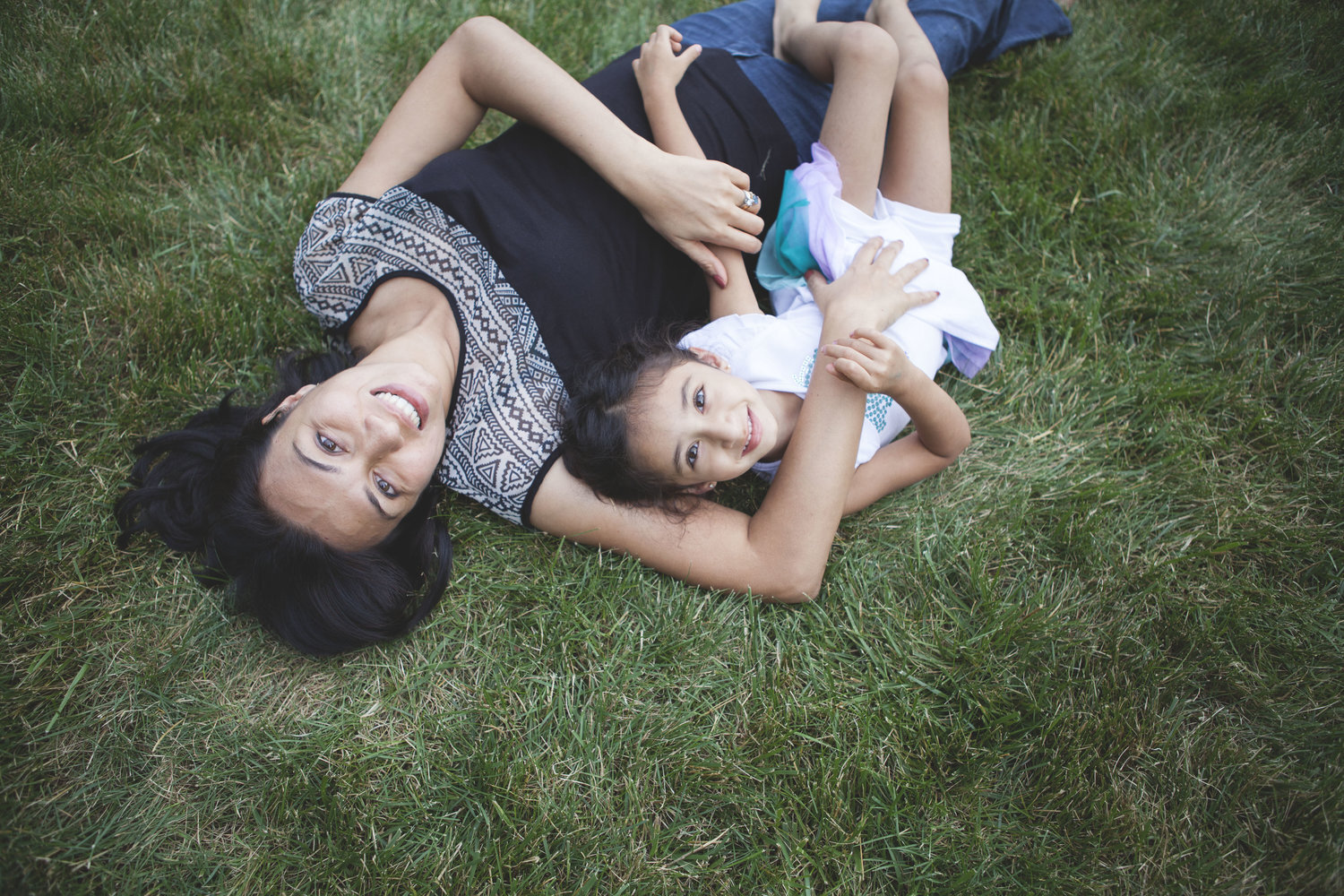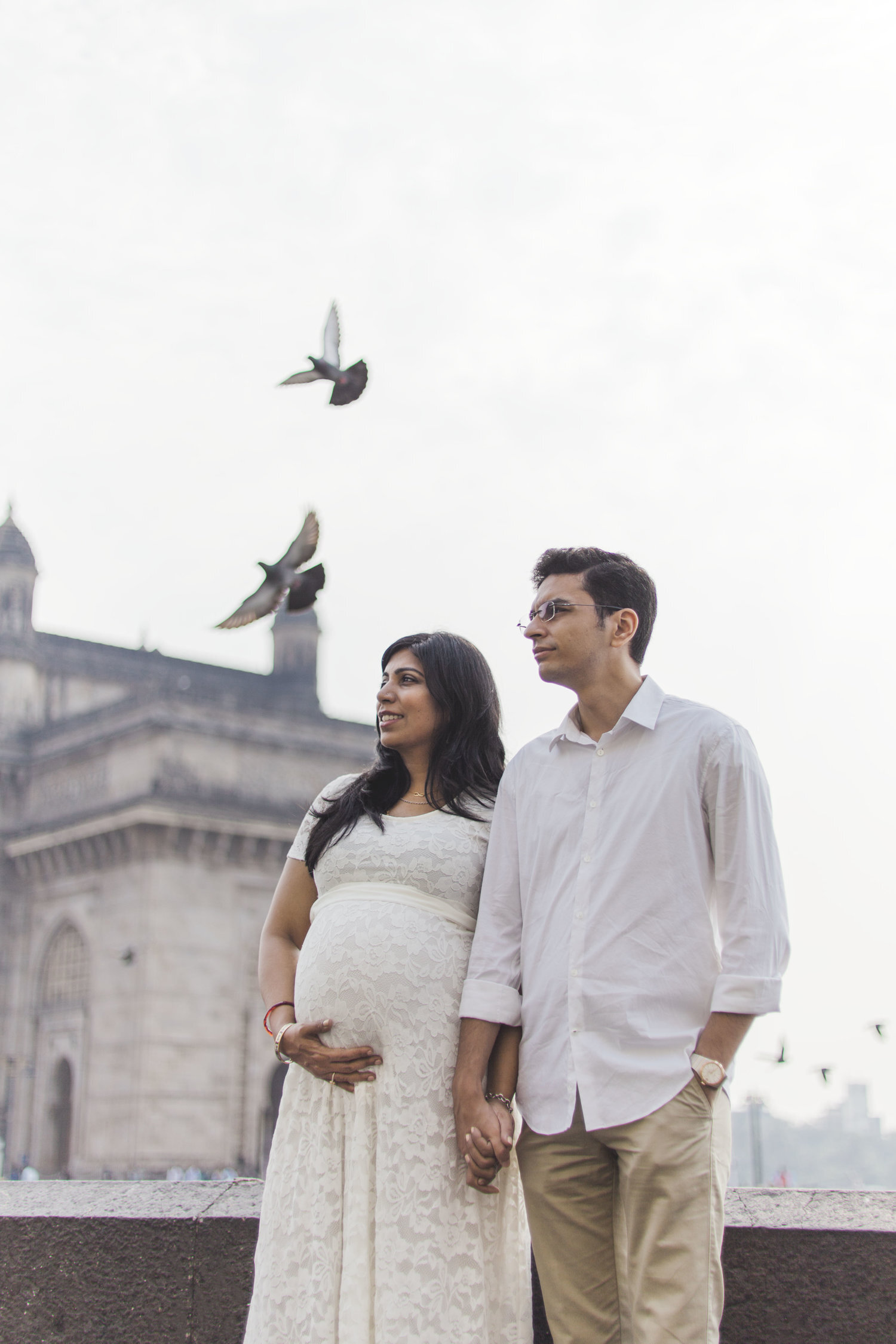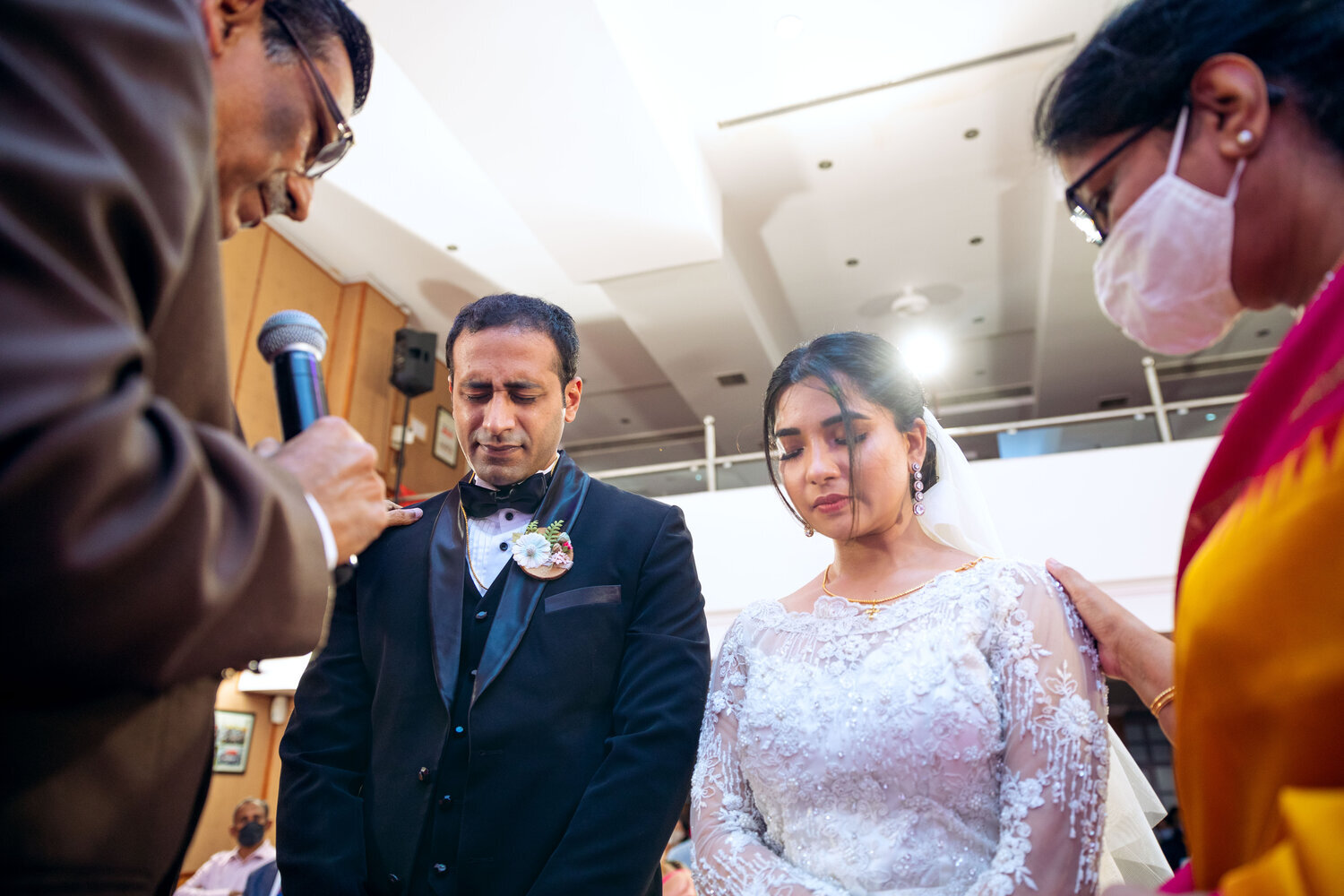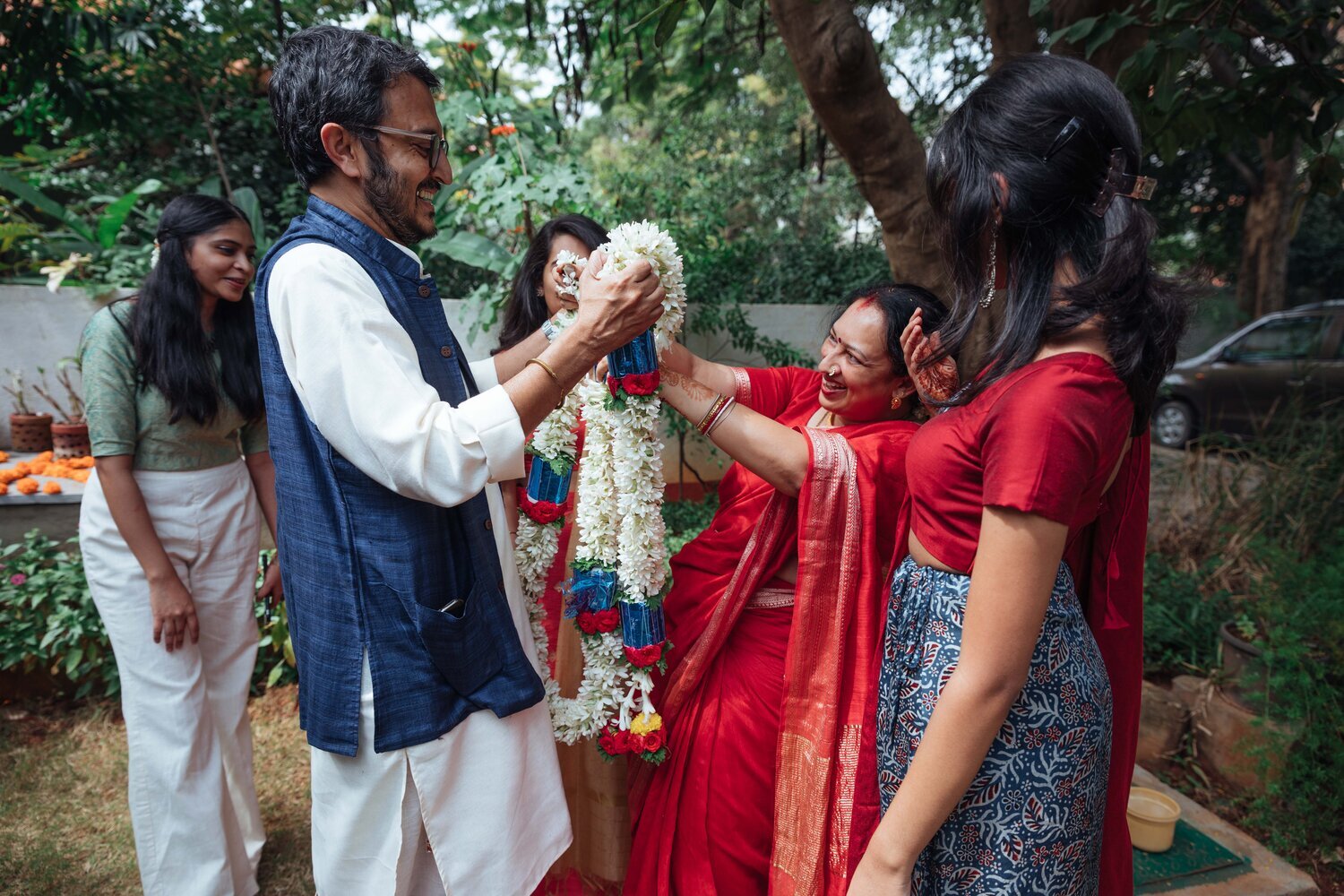In Conversation with Freelance Photographer, Anushya Badrinath
"A thing that you see in my pictures is that I was not afraid to fall in love with these people." says American portrait photographer Annie Leibovitz. Qrious Creative interns Diya Isha and Neha Madhusudan got on a call with a Bangalore-based photographer whose craft resonates with this quote: Anushya Badrinath. Given her profile, experience, and life as a studio owner, her story is unique.
This interview with Anushya delves into topics like photography, freelancing, and more.
Diya: Why are you a photographer?
Anushya: I am not any good at anything else! I'll give you a cliché answer: it's the medium where I express myself the best. I started with a small cell phone camera. I was a college student bunking classes and hanging around in the gullies of Bombay. This helped me discover that this is the medium I want to explore more.
Photography permitted me to wander. At that age, I didn’t have any other excuse. When you're growing up as a girl, many questions come up: ‘Where are you going?’, ‘Who are you going with?’. Photography gave me the freedom and the excuse ‘to take photos of a random Dhobi ghat’.
Neha: That’s interesting. Which amongst all your photographs is your favourite? And why?
Anushya: That's a little difficult to answer. It’s not one particular photo. It's the situations where I can connect with the people I’m photographing that I like the most. Sometimes you get gigs where you’re just in and out. You’re documenting. Although that's important in itself, it's those situations where I connect with them that I enjoy the most. It shows in the photographs. I've always connected more with those photographs because I've had time to immerse myself in that situation.
Diya: What is your preferred gear?
Anushya: Every photographer has their own thing. I shoot on Canon. Right now, on a Canon Mark IV. I have, for some reason, always gravitated towards it. If you ask me more technical questions, I’ll say, “I don’t know. I just like the camera.” I take an instinctive approach towards gear. I tend to rent and try out gear at home or small-scale shoots.
I like prime lenses, as the clarity you get with it is unmatched. You have fewer things moving around in the lens, and it’s the best for my kind of work. It forces you and not the lens to move. Zoom lenses are ‘lazy girl’ lenses. But I use those too—I am a lazy girl! I prefer shooting through the viewfinder and not the LCD screen at the back. I want to be in the moment.
But people focus too much on gear, although a lot of people have also said “The gear is not important, it's the photographer who’s important”. I have never really been very technical about the stuff. I don’t geek out on websites saying “OMG. Canon is releasing something!”. I’m not into the tech, specs and everything.
Neha: How do you make use of the objects available in your surroundings in your photography?
Anushya: My approach is predominantly a sort of jugaad. Gear is expensive and inaccessible. Sometimes, even people who rent out equipment don't have it themselves. You're left to figure stuff out on your own. Or you rent out gear that’s in bad condition. I've rented out soft boxes with insides that look like a war zone!
But you have to adapt to the situation. Usually, I go back to the basics of photography and light, and try to jugaad things around me.
I use white cloth that can be propped up to use as a reflector. If you have some garbage in your foreground and you want to cover that up, get some cling wrap or glass, and use it to create effects. I use objects that add to the actual environment. I don't try to introduce any objects into that space because I think that helps maintain the location’s vibes.
Diya: Do you think you can jugaad-fy your way through editing?
Anushya: Yes. I jugaad a lot of editing. I’m doing a retouching job right now, which I'm not into. I don't like retouching a lot. I don't like retouching skin or things like that unless the person has an unfortunate pimple on the day of shooting. But there are many different ways to approach editing and different people will edit the same photograph in so many different ways. I haven't followed any rules to even start with, except for the fact that you have to be careful about what your pixels look like, when you're retouching things. You shouldn’t retouch so much that you lose texture.
I think the holy grail of retouching is texture. How do you maintain texture in everything that you're retouching? Anything that helps you do that is fine in my book.
Neha: How do you capture people or your object in its element?
Anushya: Let it be itself. Or themselves. When I shoot, I tend not to direct a lot. I just don't like doing it, I guess. Some people can get some nice shots out of directing people. But I've never found that it works for me. Instead, I spend time with them. I talk to them. I get to know them. It's important to me.
I'm not sure how to answer this with regard to spaces. I haven't shot that many spaces or landscapes. But I would want to leave it as it is.
I am being paid to go and represent these people the way they are. Unless they ask for direction, I don’t direct. I listen. But if they do want specific things, I go in with an arsenal of like poses and direct the hell out of them!
But mostly, I try to just let them be. And let them be themselves. I let them talk a little bit. So I will just be like, ‘Hey, listen, you know what? I'm just taking some test shots. Relax.’ But I'm not really taking test shots. It’s just so that they’re relaxed. There are a few things like this, which are more about psychology than anything else. I think that helps.
Diya: Is there an artist that has influenced your work, technique and process?
Anushya: I always fumble with this question, because I find it hard to figure out who has influenced my work. Initially, I was inspired by the likes of Henri Cartier-Bresson, but I never connected with, say, Ansel Adams. I was always attracted to photo-journalism, because it’s about learning how to deal with people and situations, so many moving parts to be dealt with. It's intimidating, but awesome! I am by no means a photo-journalist, I shoot weddings and portraits. But I try to take the same approach in my work.
I also discovered this film made by Sabina Gadihoke about Homai Vyarawalla, who is the first female photojournalist of India. I was really excited to see her work, the kind of tenacity that she had in different situations, and her approach and work ethic.
I also really like the way Gauri Gill approached portraiture, while including the environments of people. Gauri Gills’ series called ‘The Americans’, which was an homage to Robert Frank’s ‘The Americans’ has been really impactful to me.
A lot of people have told me that my composition is not really tight, that there's a lot of negative space.
I tend to just include random things like a door or somebody else who's doing something else in the frame. I shoot a little wide and loose. I like including wider frames, and I think that's something that I've learned also from a couple of photographers.
Neha: What do you think makes a good photograph?
Anushya: There definitely is something that qualifies as a good photograph. But sometimes, you just like a photograph, and you don't know why. I think for me, composition is definitely something that is one of the strongest elements of a photograph. Apart from that, there has to be something in your photograph that makes a connection to the viewer, it has to be relatable, you know. But that is subjective, because people from different cultures can look at the same photograph and relate to it differently.
There are also these universal guidelines of leading lines, not having clutter, things like that which help you take good photographs.
Diya: Do you think formal education in photography is integral to becoming good at the art? What were your experiences as a master’s student of visual arts?
Anushya: So, first question. Absolutely not. I think it's a little bit overrated. Um, I think what formal education does, is that it just gives you that space to really dive deep, do something. There are some brilliant photographers out there who are self-taught, and are way better than me.
There are some people that like the structure provided by classes and an academic space, and they will learn a lot from formal education. But if someone’s self-driven, can make all the contacts themselves, then they don’t need it at all.
I went as a blank slate to my experience as a Master’s student. This was both good and bad. Everybody’s especially driven in New York City, they know where they’re going, and even if they don’t, they look like they know where they’re going. So I learned a lot. I think the biggest takeaway was to be able to think critically about why I am taking a particular photograph. What is my approach? It gave me the space to reflect.
Neha: Do you think photography is something that is teachable?
Anushya: Absolutely. I totally think it is. Like in any art form, there is a certain element of having a knack, a spark for it. It just shows in the photographs. That is a little bit hard to teach. It’s more about interest, than just the knack.
But, it's definitely teachable. I always knew that I was going to be an artist of some sort, but I just could not paint or draw to save my life. Photography democratises the art space. A lot of it is learning technology and understanding the physical aspects of light, things like that. So you can take technically really good photos.
Diya: What is life like when you're a studio owner? How does it change the way that you interact with photography as a form of art?
Anushya: The dream is definitely to have my own space one day, my own equipment. So that I don’t have to work with broken soft boxes and light stands. Being self-employed has definitely changed the way I relate with photography. The process of running your own business takes a toll on you and you feel removed from the craft. I've been struggling to kind of get back to why I got into photography in the first place. It’s been difficult to just take a picture for the fun of it, to not worry about whether it will be accepted in the art world and all of those self-censoring voices in your head.
This is also one of the downsides of studying photography, because all of your critique sessions live in your head forever. You're constantly thinking like your professors, or you're constantly wondering how to make something better.
It's a little difficult, but it's definitely quite fun, overall.
Neha: Last question for you. How do you, or how do you think one can use photography for social impact?
Anushya: Yeah, there are many ways one can do that. The first thing is of course, doing pro bono work for organizations that are doing good work. There's also ways in which you can raise money for different causes by doing photoshoots. A lot of photographers in India in the last couple of months have done so many different things like print sales, for pandemic relief.
It’s about learning how to use your services to help somebody. The other thing is to band together as creators and improve the creative industry as a whole. In our culture, it's not valued as much as other labour. That’s the first thing that needs to change as well.
I think it's really important for creators to come together to form groups and share information, helping out one another. I am currently a part of ‘The Kala Collective’ (@thekalacollective.in on Instagram). It’s a growing community of female+female identifying photographers, videographers and video editors from India.
Diya: This was a very informative and wonderful conversation. I think I've learned a lot more than I imagined too, especially about photography and all the best for all your future. Thanks again, Anushya!
Here is some of Anushya’s work!
Check out Anushya’s website for more: https://www.lightvinestudio.com/










